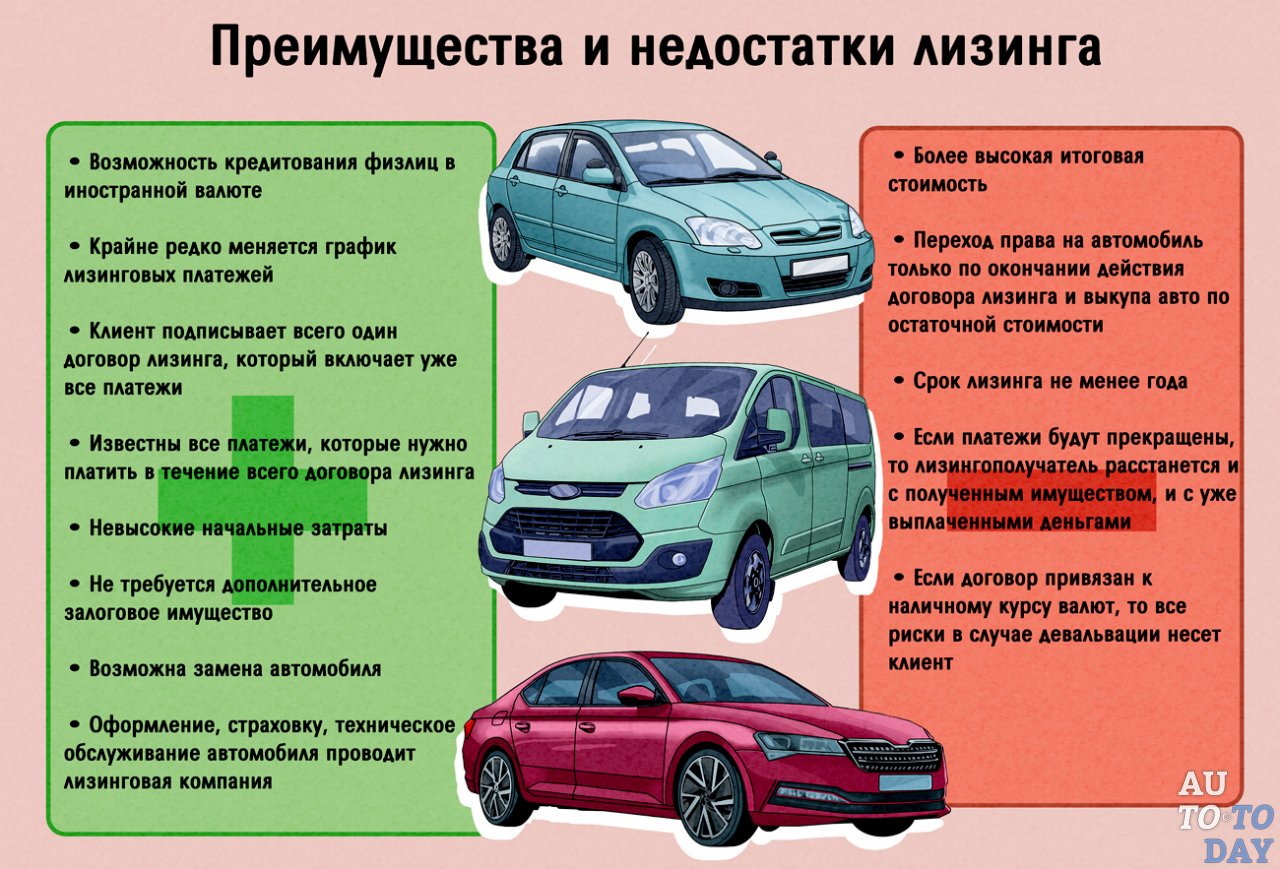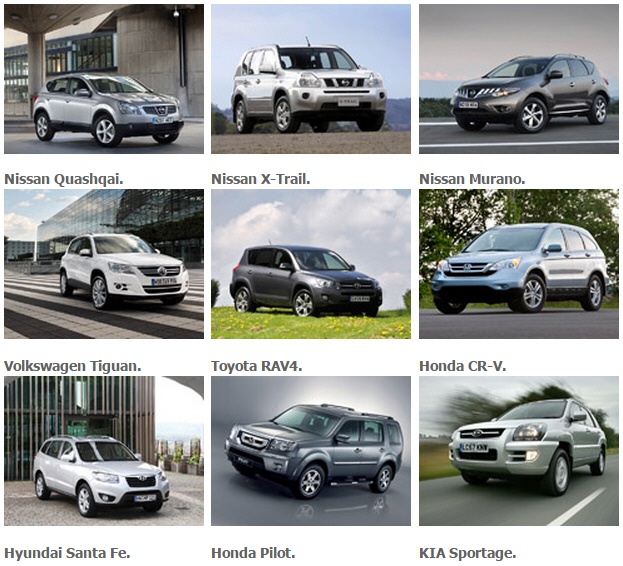
What is the difference between a crossover, SUV and SUV
Good roads have always been built, but the real boom in this industry took place at the end of the first half of the 20th century through the United States. A gigantic road network was created and systematized, which also influenced the design of mass cars. They were classic passenger sedans with low ground clearance, a large base and significant overhangs. Typical inhabitants of smooth asphalt concrete surfaces.

But the history of the car did not end there, and quite unexpectedly, the development of automotive technology by the beginning of the 21st century turned in the opposite direction.
Despite the further improvement of roads, cars that are adapted to movement in any conditions began to come into fashion. SUVs existed before, but then they were really needed.
Now it is rather a sport, in the classical English sense of the word, that is, the occupation of gentlemen who have nothing else to have fun with.
What does an SUV look like?
An ordinary utilitarian car, the main purpose of which is to move with cargo and several passengers on any not very rugged terrain with ruts from horse-drawn vehicles, has changed somewhat.
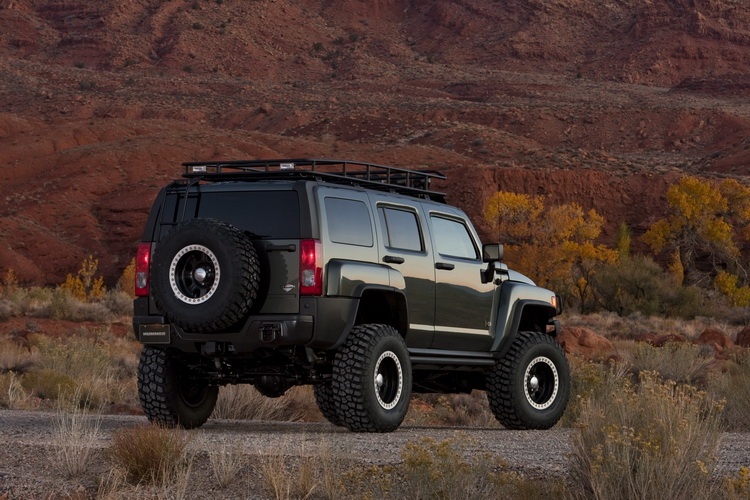
Still, no one wanted to turn driving a car into a semblance of a feat.
Therefore, only the main features of the SUV have been preserved and established, by which it can be accurately identified:
First. Outwardly, a massive and roomy station wagon body, equally well suited for shopping trips and long-distance expeditions.
The characteristic angularity and a clear trend towards maximum internal volume, often emphasized by a giant expeditionary roof rack, caused a tendency to refer to such bodies as an independent term "SUV" or even "Jeep".
Second. The power structure of the body in the form of a relatively flat frame of mighty channels with two longitudinal spars for the entire length of the car and many crossbars. The so-called ladder type.
Its main purpose, oddly enough, is to give flexibility to the body, without which there is nothing to do in constant off-road mode. A rigid structure will either be too massive or fall apart from constant overload.
Yes, and tracking the surface with all four wheels requires flexibility. But modern cars need a frame more for comfort. It very effectively isolates the interior from all the vicissitudes experienced by the chassis.
The third. Geometrically, the car is better adapted to the complex road profile than conventional cars.
The ground clearance (clearance) has been increased, the so-called ramp angle is significant, which allows you to roll over obstacles with impunity, the front and rear overhangs are small, which determine the maximum angles of entry and exit to ledges and curbs.
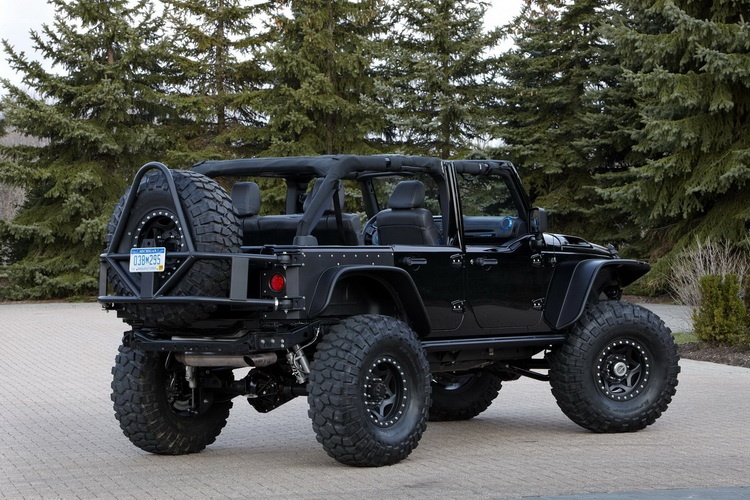
Fourth. Power units imply the presence of a powerful engine, better than a diesel engine, they are more economical and durable, a sophisticated off-road transmission with all-wheel drive and advanced capabilities for increasing torque.
In the center of everything is the transfer case, where the mode control is located and the demultiplier is installed, this is an additional downshift.
The fifth. A good off-road suspension should combine many properties, usually directly opposite.
To drive on asphalt, and many of these cars spend their entire lives there, it must provide decent handling, otherwise the car will be immediately criticized in the press and will not be bought.
Yes, and no one canceled safety, but on the roads you need to have infinite energy consumption, large wheel travel, safety and durability reserves. Supplement this with a general desire for economy and it will become clear what a difficult task we have to solve.
Despite the high price that comes with it all, SUVs are in high demand, prestigious, and even spawned some other automotive classes.
What is an SUV
The word appeared as cars appeared, outwardly resembling SUVs, but completely unsuitable for driving on bad roads. That is, all compromises between the qualities of road cars and all-terrain vehicles are radically shifted towards the former.


Hence the hint in the name, which speaks of the most suitable type of coating for such cars.
However, all the external signs and part of the internal ones are present. A roomy body, a brutal, albeit softened in the direction of aerodynamics, appearance, all-wheel drive is often retained, albeit in a simplified version. The off-road functions of the transmission are abolished or weakened and automated.
Engine power is needed here more for speed and dynamics than for deep mud, sand and snow. The geometry is slightly better than that of sedans and hatchbacks, but far from all-terrain. Large wheels remain as a design element, while low-profile tires are installed unsuitable for broken roads.
But the SUVs have excellent handling, a typically easy landing for drivers, a rigid load-bearing body and high comfort in the interior of the cabin. The price, of course, is also at a higher level.


Watch this video on YouTube
Cars are convenient in everyday use, much more economical than off-road vehicles, they allow you to overcome minor adversities of the weather and the last kilometer of the entrance to a country house.
Not surprisingly, they quickly became fashionable and won the competition from the typical passenger car. Now it is the most massive class on the market.
Crossover features
The term itself means the combination in one class of cars and features of two or more other classes. Peculiar hybrids, although this word is occupied by other machines.
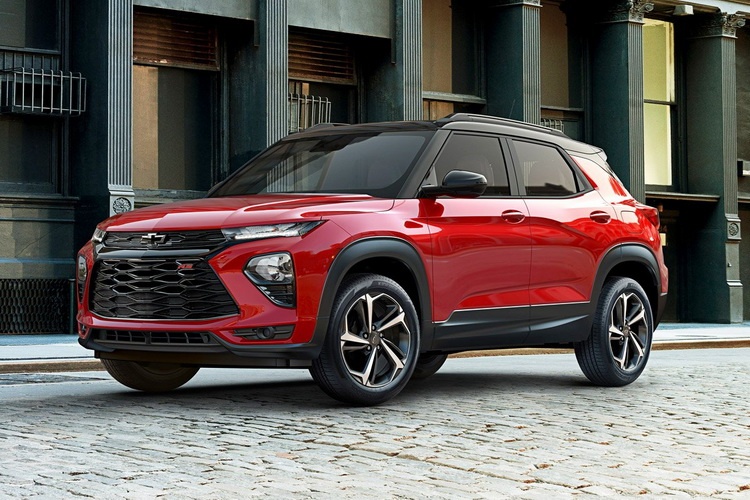

An ordinary crossover is a symbiosis of an SUV and a passenger station wagon, although there are crossovers based on sedans, coupes, hatchbacks and even convertibles.
A typical set of properties has also been formed, which does not exclude other implementations:
- the body most often has five doors, including one for the luggage compartment;
- the engine is located across in front of the car;
- the cars in the base are front-wheel drive, but they also have an all-wheel drive version for a fee;
- the drive to the rear wheels is made through the simplest transfer case in the form of an angular gearbox;
- the rear axle is connected automatically through a friction electric or hydraulic clutch installed in the block with the rear axle gearbox;
- ground clearance is 15-20 centimeters, overhangs are reduced.
Crossovers are built on passenger car platforms and almost never use SUV units manufactured by the same company. The frame is not used, although subframes are installed to improve comfort and handling.
The desire to establish itself in the popular sector leads to rather curious situations when a hatchback slightly lifted, that is, with increased ground clearance, is called a crossover, and then its separate cross-version is released.
So, for example, it happened with the domestic Lada X-ray. No less amusing is the appearance of crossovers from Lamborghini, Bentley, Rolls-Royce and even Ferrari. Fashion and the need to follow its trends are essential for the prosperity of automobile companies.

